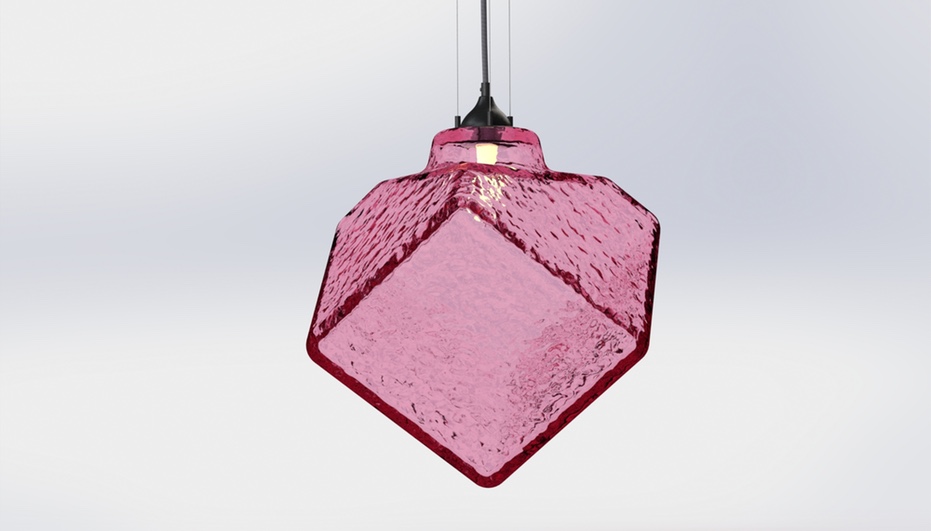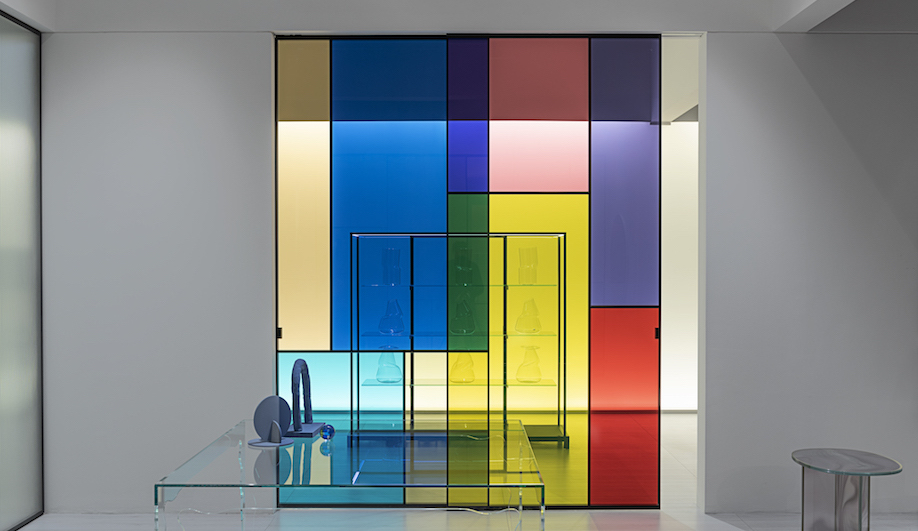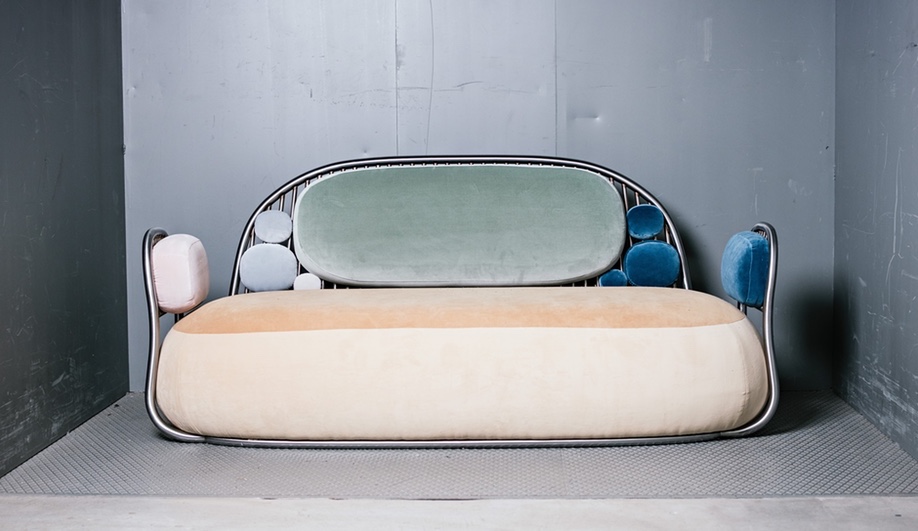
At Milan’s Euroluce, Azure nabbed a few minutes with the New York designer to discuss his latest works for Flos.
Azure: Let’s talk about Linea Delta, this year’s addition to the La Linea series.
Ron Gilad: Continuing with a design that extracts the essence of the very traditional candelabra, Linea Delta has actually been developed to fit American commercial regulations, which require a wall sconce not to exceed 12.5 centimetres from the wall. So, if a blind person is walking along a corridor, Linea Delta would not be an obstruction.
AZ: Would you say it’s more difficult, or restricting, to design according to North American standards?
RG: With Linea Delta, I was limited by depth in the way I was able to play with the design in a poetic way, but still stay within the restrictions. I think that every country – the U.S., Japan, Italy – has different regulations. It’s the level of safety that is the issue. Let’s just say the Europeans are a little more easy going – in regards to commercial spaces, not residential.
AZ: Where did the concept for Wallpiercing (first introduced at Salone 2010) come from?
RG: Two years ago, Flos presented me with the concept of Soft Architecture, which is a combination of two technologies – the LED and the material. SA is a product specified by the architect, and not the end-user, so it needs to be encapsulated with the architecture in the planning stages.
I was trying to be a little ironic with my approach to the concept, so the first thing that came to my mind was to explore how soft is soft. So I said, “Hmm, in this case I need to throw things at the wall and see how it will react.” It started in my studio; I started throwing knives into the wall and observed how they stuck. And then I started thinking about how the knife could contain light in it. And then right away I came up with the idea of a flying saucer that is basically being thrown into the wall at a certain angle. So it didn’t start from the place of a traditional body piercing, but from throwing something at the wall and seeing how it will react to the power that has been projected on it.
AZ: Can you talk about the smaller version of Wallpiercing, introduced this year at Euroluce?
RG: It’s still part of the Soft Architecture concept. With this version, the ring has not been inserted into the wall, enabling us to create a full ring of light that is connected to the electricity box which is basically a hinge that you can rotate and install at any angle you want.
AZ: What’s a typical day for Ron Gilad?
GD: I never let myself become overwhelmed with work – I’m quite lazy. I am in front of my desk for 18 hours a day, but I would say most of that time is spent staring out the window and daydreaming. And I always sketch – I don’t know how to work on the computer. It’s a very important tool in order to help you design, but drawing and model-making are the best practices for me.




